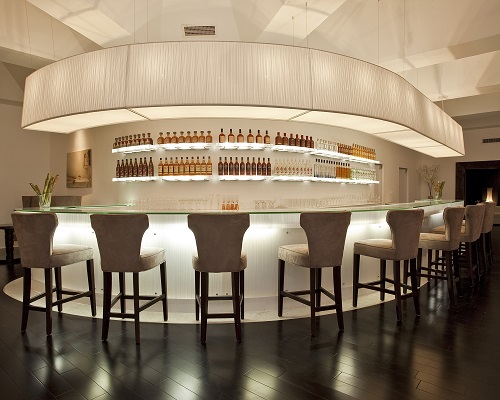✕

Column: industry Tag: hotel lighting design Published: 2016-06-24 10:51 Source: Author:

While a hotel’s lighting should be limited only by the designer’s imagination (and the hotel’s budget), there are issues to bear in mind when creating a lighting scheme.
1.Stick to your budget. “There is always pressure to ‘value engineer’ a design,” said Adam Jackson Pollock, director of Fire Farm Lighting, “which, in its most crass form, takes the shape of finding someone else to make your design cheaper than you. Unfortunately, this usually leads to an undermining of final quality of both overall design and finished product. That being said, there is a tremendous amount of room to engineer value. Not every hotelier requires the same level of finish or design. The art of design is to engineer value in the fixtures that matches the brand standard and budget.”
2.Keep up with codes. Fire-prevention codes can affect an aesthetic, designer Christopher Moulder said. “Especially if you work with a material that the fire marshal doesn’t know, that can slam you to a halt.” Moulder said he turned down a recent job in California due to the fire-safety restrictions that would have made realizing his vision a challenge. “Sweeping code changes and enforcement affects material choices,” he said.
3.Be aware of security issues. “Hotels are finding [halogen] PAR/LED lamps are being stolen from rooms because they are easy to unscrew,” said EJ Phillips, national sales manager of the showroom division at Nora Lighting. “More hotels are now installing dedicated LED fixtures in which the light source is an integral part of the fixture.”
4.Keep up with trends. “There are always multiple threads of design weaving through the industry at any one point in time,” Pollock said. “Some become more prominent and then fade and then return with a new twist. There is always a trend towards clean modern shapes and lines that I find compelling in the challenge to suggest a lot with as little as possible. It tests one’s fabrication and aesthetic skills as everything is exposed."
Source: Hotel Management
Previous:Josh Littlefield and The Great American Coffee Tour
Next:Cuban-Grown Coffee Coming to US Market for First Time in More than 50 Years
Hot key words
Hot Products
Popular Vendors